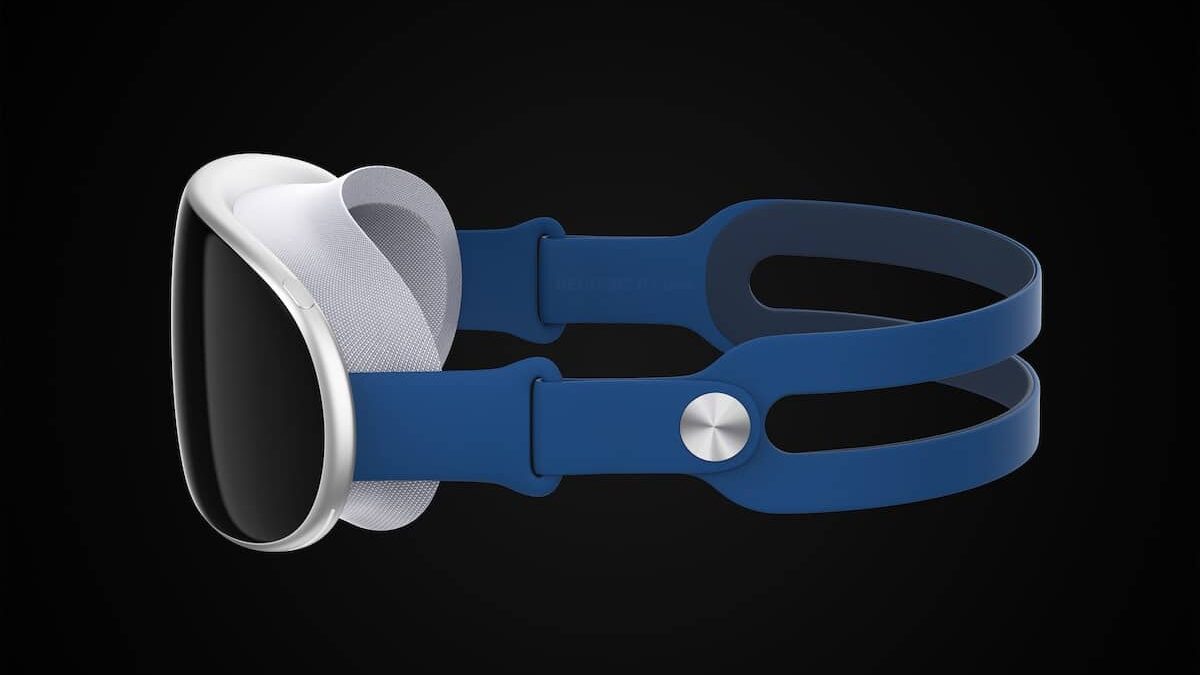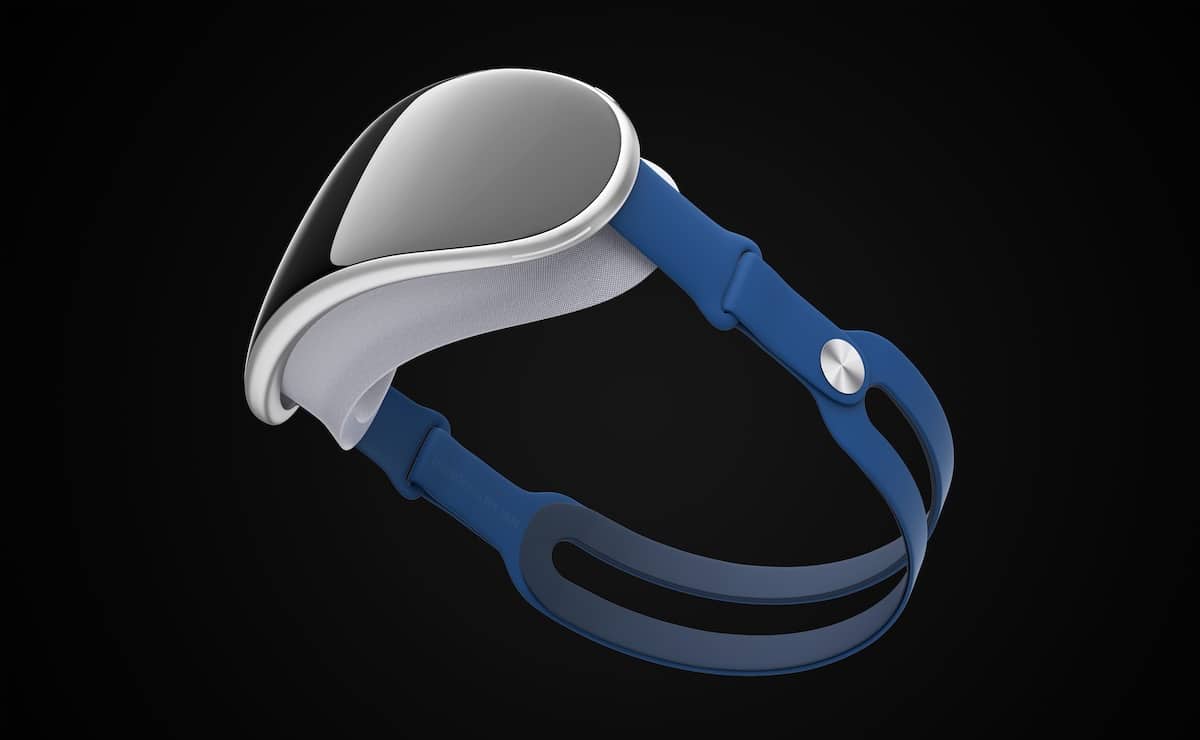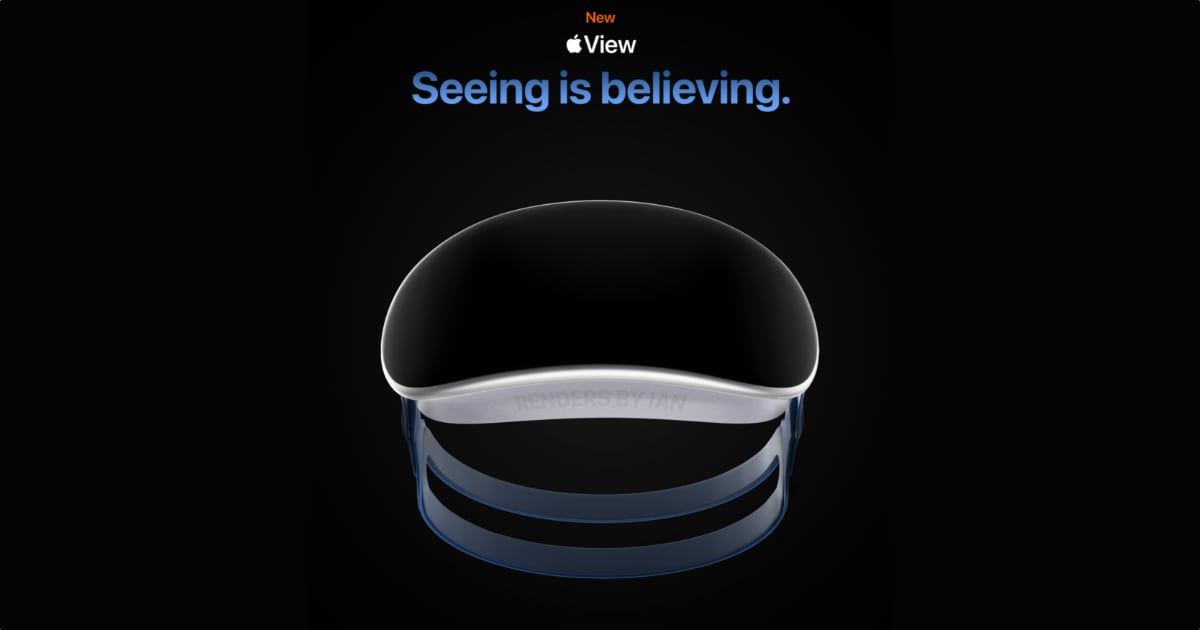According to a new report, Samsung’s interest in developing microOLED displays for headsets has increased following requests from Apple and Meta.

Samsung will be supplying microdisplays for Apple and Meta’s headsets
In the past, Samsung Display was not interested in developing microdisplays due to concerns about low profitability. However, with major companies like Apple and Meta looking to develop their own mixed-reality headsets, Samsung might reconsider.
As reported by The Elec, with Apple’s headset expected to arrive next year and a second-generation already in the works, Samsung’s interest has increased.
MicroOLED technology is also not a must for headsets and there are other competing technologies.
But as Apple is expected to launch a mixed reality headset with MicroOLED next year and Meta is also planning to launch their own, there is pressure on Samsung Display to appease its customers.

Samsung Display is already rumored to supply Apple with OLED panels for its mixed-reality headset. For the second generation, however, the company may provide microLED panels. LG Display is another supplier that is rumored to be providing microOLED displays to Apple. So, it is possible that Samsung also wants to participate in the growth of this niche market alongside its own competitors.
As the VR headset market continues to grow, a report suggests that the competition will launch their own devices which will lead to a period of rapid growth in the segment. So, Samsung Display could ultimately end up benefitting from all the new devices that are expected to arrive.
As of right now, we know that Apple’s mixed-reality headset is expected to feature two M1-like chips which will power three displays that use OLED technology with 3,000 PPI and Fresnel’s hybrid ultra-short focal length lenses.

Apple is creating the product for short periods of use. In terms of price, it is expected to cost several thousand dollars since the first-generation headset will be higher-end, aimed at professionals and developers to expand Apple’s ecosystem in AR/VR.
The first generation is expected to arrive in January 2023 while the second, more affordable headset will launch in 2025.
Read more: